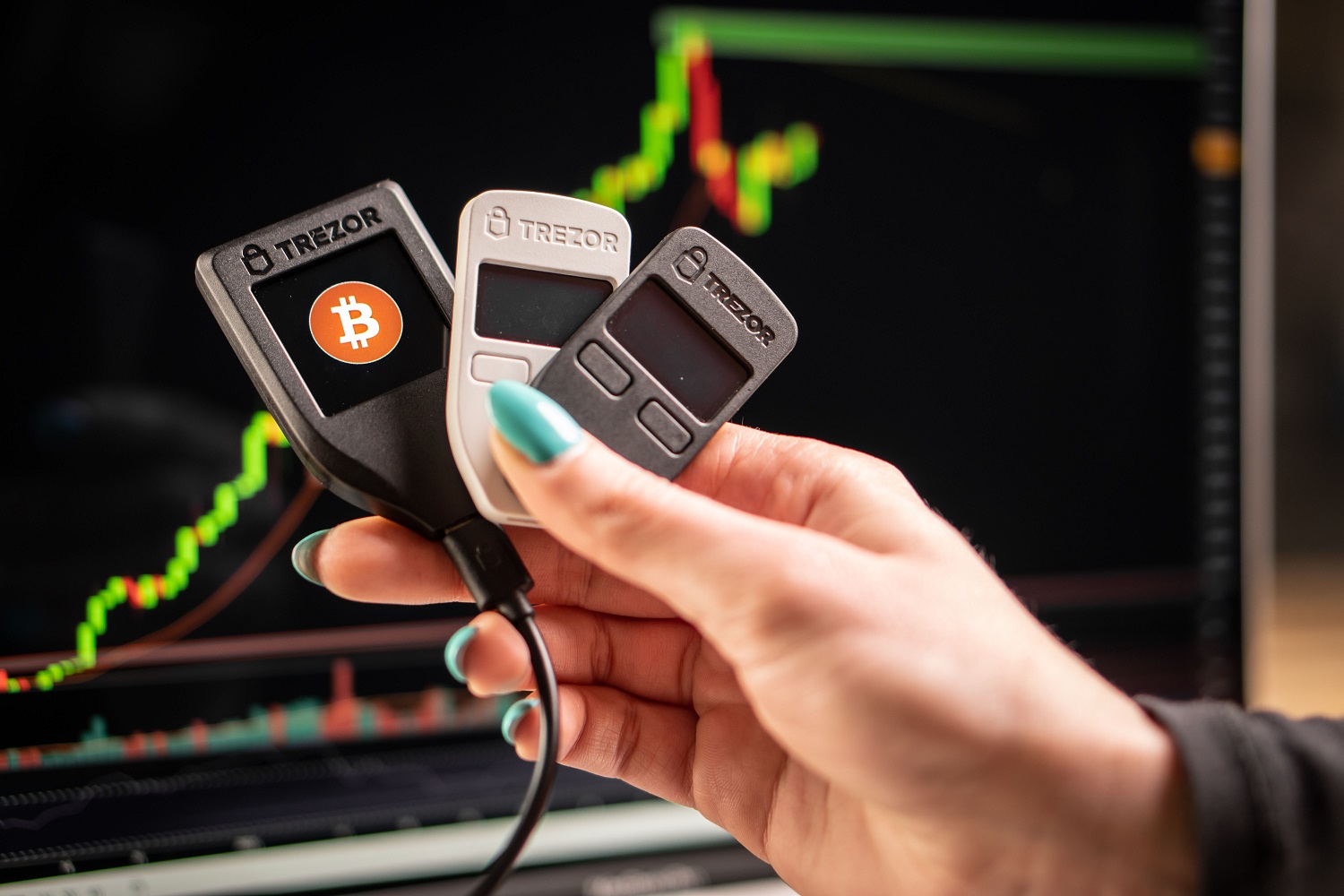Vacuum circuit breakers (VCB) operate fast, making them perfect for fault clearance. They also require very little maintenance. When the breaker operates, the moving and fixed contacts separate to create an arc. This arc is quickly extinguished because metal vapors, electrons, and ions generated during arcing rapidly condense over the contact surfaces. This quick recovery of dielectric strength enables VCBs to interrupt current quickly.
Vacuum circuit breakers are ideal for systems requiring voltages between 11 and 33 kV. They are more efficient and less bulky than other insulating mediums like air or SF6 gas, and they require almost no maintenance. When the contacts of a vacuum circuit breaker are closed, there will be no generated heat between them and the arc will extinguish. However, the arc can re-strike once the current comes back to its normal level. A VCB interrupts the current at first current zero, i.e., in the first half cycle. It also has an outer envelope made up of glass which helps in examining the breaker after its operation. If the glass envelope becomes milky white, it means the breaker has lost vacuum. For the most reliable and affordable vacuum circuit breakers, click here or explore our official marketplace.
Vacuum circuit breakers have the ability to handle system voltage levels up to 72 kV. They use an established and dependable electric energy storage spring working mechanism with electric closing, electric opening, manual power storage, manual control, automatic tripping and breaking for overcurrent (or short circuit). When the moving contact separates from the fixed contact in a vacuum circuit breaker, it generates an arc by metal ionization. The arc is quickly quenched when electrons, ions, and bimetal vapors condense over the contacts. This causes a rapid increase in dielectric strength after the initial arc interruption. It makes vacuum circuit breakers very efficient, avoiding overvoltage. They are also suitable for capacitor switching since they can perform without re-striking. Moreover, they have a very long electrical & mechanical life.
Vacuum circuit breakers are non-inflammable and operate silently. They are also free of oil, gas, and other contaminants that can cause fires and environmental problems. These circuit breakers are compact and occupy less space than other types of circuit breakers. They have a quick recovery of high dielectric strength on current interruption and are suitable for use up to 230kV. VCBs work quickly and are highly reliable, making them an ideal choice for high-voltage systems. They can be used in conjunction with other protection devices like air blast or sulphur hexafluoride circuit breakers to provide a complete protection system for power systems. These devices have a wide range of uses and are extremely durable. They are great for capacitor switching, line dropping, and long line switching.
VCBs are increasingly being used for medium voltage switchgear applications and can replace bulk oil circuit breakers or air breaker technology. These are ideal for a variety of different situations and have many uses, such as tripping responses, voltage control, protection and switching of transformers, generators, motors etc. They are easy to work with and quiet in operation. When the breaker operates, the moving contacts separate from each other and an arc is formed between them. This arc is extinguished as the metal vapors, electrons and ions produced by the arc condense on the surfaces of the contacts. This provides a better insulating medium for arc extinction than other types of interrupters. As a result, they have superior performance over other interrupters and require minimal maintenance.







